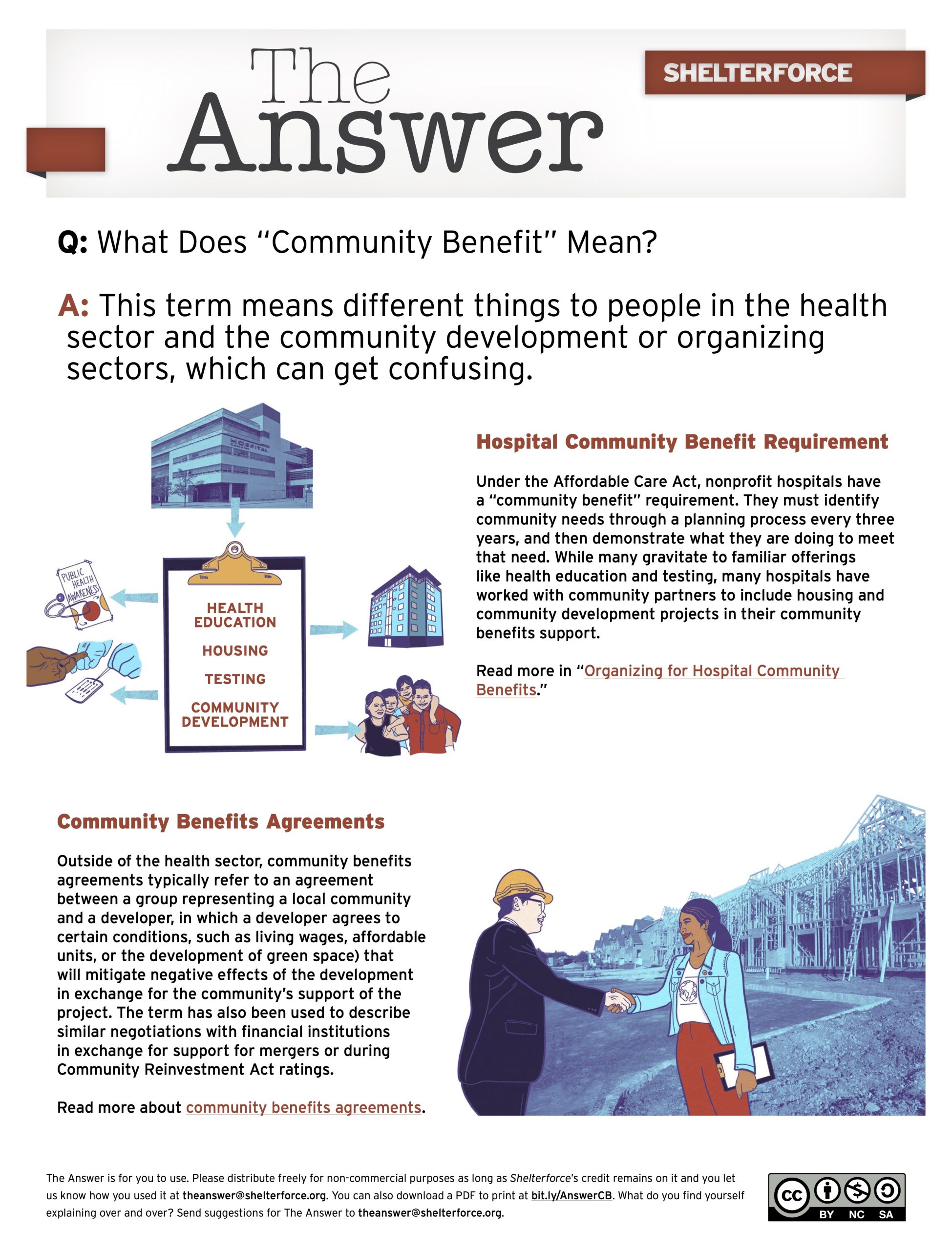The audacious and callous decisions leading to the tragedy in Flint, Michigan are cruel and beyond comprehension. What is needed is an all-out effort by all sectors of society–not only public, but private sector as well.
The Community Reinvestment Act (CRA) requires banks to meet the credit needs of communities, particularly low- and moderate-income communities. In the aftermath of Hurricane Katrina, the federal bank agencies amended the CRA regulation to develop procedures in which banks were provided incentives to respond to disasters and provide financing for rehabilitation and repair.
The scope of the Flint crisis is at disastrous proportions. Recently, Flint’s mayor estimated the repair costs at $1.5 billion. The mayor has also called for the replacement of lead service lines that connect water mains to residents’ homes, repairs that will cost tens of millions of dollars.
The incidence of poisonous levels of lead among children has doubled in Flint, and it will take several years, perhaps decades, before the extent of the poisoning and its full effects are known for sure. Yet, a recent geographical analysis reveals that an unsafe level of lead in the water, 5 parts per billion or more, is present in 21 to 61 percent of the city’s wards.
This amount of distress is affecting the willingness of banks to serve. Its been reported that city residents are having difficulty obtaining refinance loans. In addition, banks are hesitant to offer home purchase loans because of requirements that homes be served by potable water. Any further shrinkage of lending would literally dry up credit. In 2014, as the crisis was just getting started, lending institutions offered only 136 home purchase loans and 152 refinance loans in a city with approximately 99,000 residents. African-Americans received only 30 percent of the home purchase loans although they were 57 percent of Flint’s population.
Previously, the federal agencies declared geographical areas affected by Hurricane Katrina as designated disaster areas, and provided favorable consideration under the Community Reinvestment Act (CRA) for loans and investments that revitalized and stabilized geographical areas impacted by Katrina. The agencies then issued guidance for banks that was far-reaching—stating that Katrina was an exceptional circumstance that called for the waiving of the usual assessment area requirements under which banks were expected to focus on areas containing their branches. In the case of Katrina, no matter where a bank was located, it could receive favorable CRA consideration for revitalization and stabilization activities in areas impacted by Katrina. Other guidance waived usual appraisal requirements since making usual and customary appraisals was not possible in areas devastated by the hurricane, which is analogous to Flint in that it is presenting unusual appraisal and underwriting challenges. Guidance also urged the banks to be flexible in loan terms and conditions, including extending debt repayments and easing credit terms for new loans, consistent with safe and sound practices. The special assistance and attention for areas impacted by Katrina lasted from 2005 through 2014. Areas impacted by Katrina retained their designation as disaster areas during this ten year time period, meaning that banks were encouraged to provide loans and investments that qualified as community development financing. Similarly, the impacts of the water crisis in Flint are likely to last several years.
The Federal Financial Interagency Examination Council (FFIEC) established a working group to facilitate coordination and communication regarding areas impacted by Katrina. State-level officials also served on this committee. In Flint’s case, this type of working group should also include local officials, and it should consult regularly with the key stakeholders that uncovered the lead poisoning, including Marc Edwards, a professor at Virginia Tech and expert on water quality, and Dr. Mona Hanna-Attisha, a physician that documented increases in lead poisoning in children.
The pieces are in place for a disaster designation for Flint under CRA regulation. On January 16, 2016, the Federal Emergency Management Agency (FEMA) declared that a federal emergency existed in Flint and authorized the funding and mobilization of equipment and resources to alleviate the hardship caused by the contaminated water. A FEMA declaration made it possible for the bank agencies to apply the disaster designation to areas impacted by Katrina and should also make it possible in Flint’s case. While not technically a “natural” disaster, the emergency in Flint matches other natural disasters in that factors and events out of local residents’ control caused widespread distress and threats to health and safety.
Extraordinary efforts, including focusing of bank CRA activities, are warranted to assist residents of Flint reclaim their lives and property. NCRC has urged the regulatory agencies to take the first step in directing the private sector to redouble their efforts to assist the City of Flint. Let’s hope the agencies show bold leadership.
Photo credit: Michael Rosenstein, via flickr, CC BY-NC-ND 2.0

Health
How the Community Reinvestment Act Can Help Flint
The audacious and callous decisions leading to the tragedy in Flint, Michigan are cruel and beyond comprehension. What is needed is an all-out effort by all sectors of society–not only […]




Comments